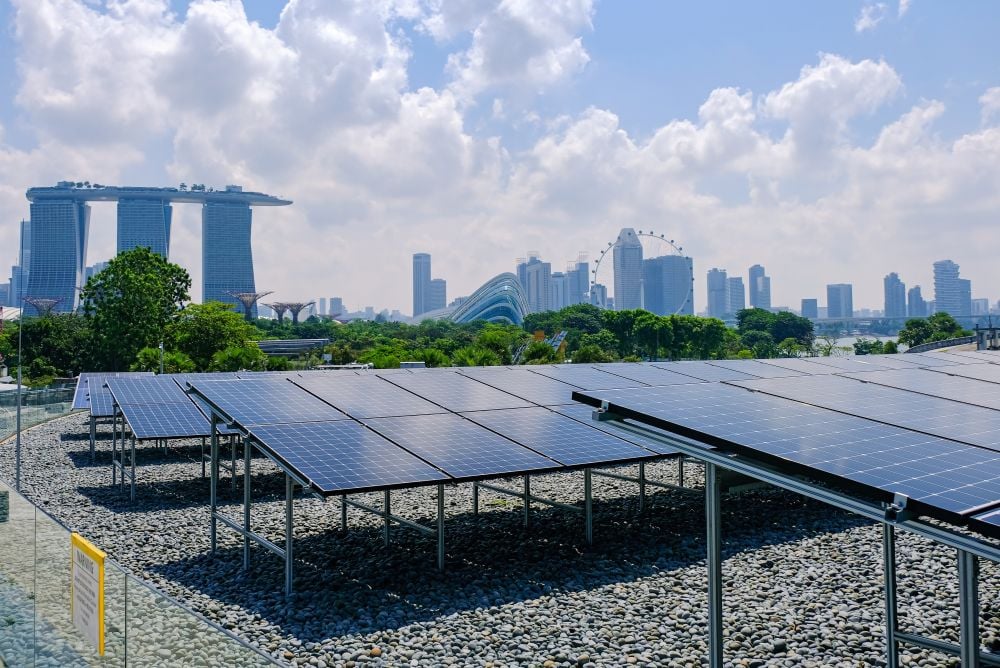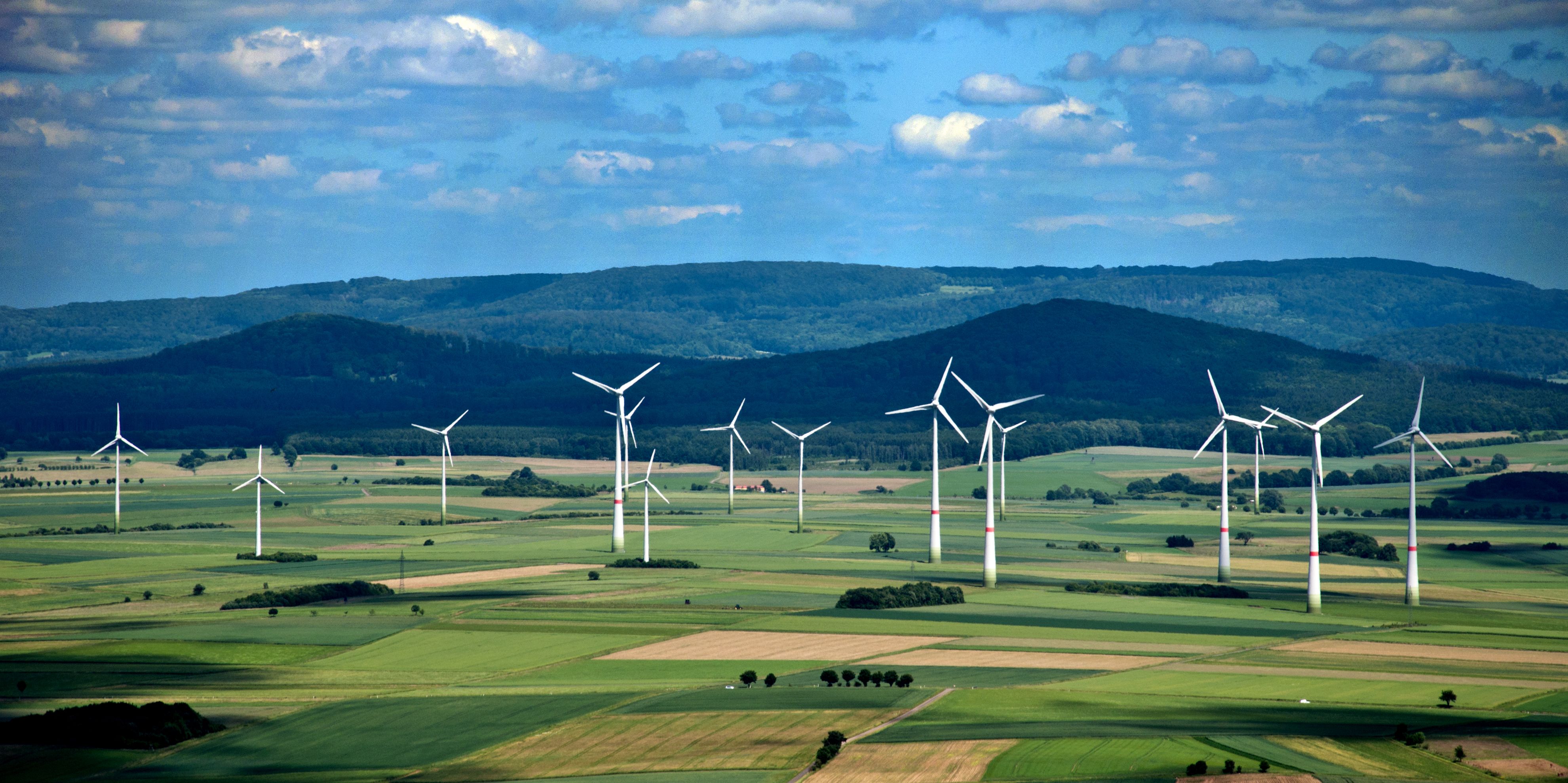Which should come first – demand or supply? That depends on who you are asking. For the Chinese, it has always been about supply – building for tomorrow. China’s policymakers have been taken to task for their over-reliance on investments to power the last decade’s spectacular growth of its economy. Even in the recent past, they have pointed to China’s propensity to build ghost towns or highways to nowhere.
As the 46th annual meeting of the Asian Development Bank gets underway in Delhi, India, it was an opportune time for Asia’s second most populous economy to challenge that growth model. And it did quickly via Chanda Kochhar, managing director and CEO of ICICI Bank, India’s second largest bank by total assets.
“Investment, whether it is in infrastructure or in capacity in any core sector, has lagged behind or is trying to cope with the increasing demand,” she notes. “But by allowing the services sector to grow, it has led to the growth in per capita GDP, aspiration and consumption.”
And today, Kochhar believes that India is in a favourable position to push investments. “Any investments that we make, we do not have to worry whether there will be enough demand to use those roads or bridges or power – that stands out as one important aspect of the quality of India's growth model.” She expects investment as a growth driver will have a bigger role to play in the future.
What has been India’s advantage is its young population. Whereas in China, which faces a fast emerging old-age issue, Kochhar says the average age in India will remain under 20 for almost the next two decades, contributing to not just aspiration but also purchasing power for the economy. The dependency ratio is actually going to decline in the next three decades. “This democratic dividend is one of the most fundamental factors driving the growth of India," Kochhar argues.
During the 1980s, it took India to move per capita GDP from US$250 to US$500 in about two decades, she says. It took only five years to double from US$500 to US$1,000. "And now we are close to US$1,500. We are at the next inflection point in terms of the rising purchasing power and demand for goods and services," she relates.
This has led India to the next growth driver, which is investment. "In my view, that is the opportunity for the future. India needs to expand its infrastructure and to create capacity. The multiplier effect these investments will have is the biggest opportunity that can drive India’s further growth.
She admits though that growth is happening amid growing income inequality. "But everyone has moved up the curve although not everyone has moved up at the same rate," she observes. "In a way, growth has penetrated a larger section of the populace." The challenge for India, she agrees, is how to make this growth more inclusive.
India also faces short and medium term challenges to its growth model. Just two years ago, the growth rate was nearly 9% per annum – but has come down sharply to about 5% today. Fiscal deficit has ballooned and investment and savings have moderated. Inflation is high and current account deficit has increased, she notes.
In the last six months, several steps have been taken to revive India's growth. "The government is addressing fiscal deficit concerns in a big way," she believes. "One of the highlights of the budget for the fiscal year 2013 was the ability of the government to meet the deficit target of 5.1%. Next year, it has been set at a lower rate of 4.8%."
Inflation has also started to moderate - to below 6% for March 2013. "This should give the central bank additional room in terms of policy rates," she says. The softening of commodity prices is also helping for a country that has a large import bill.
As India moves to step up its investment activity, it will be doing so as China rebalances its economy towards more consumption. The next decade or two will perhaps mark the most interesting period in how these two Asian giants fare - coming from the two ends of their growth models.








